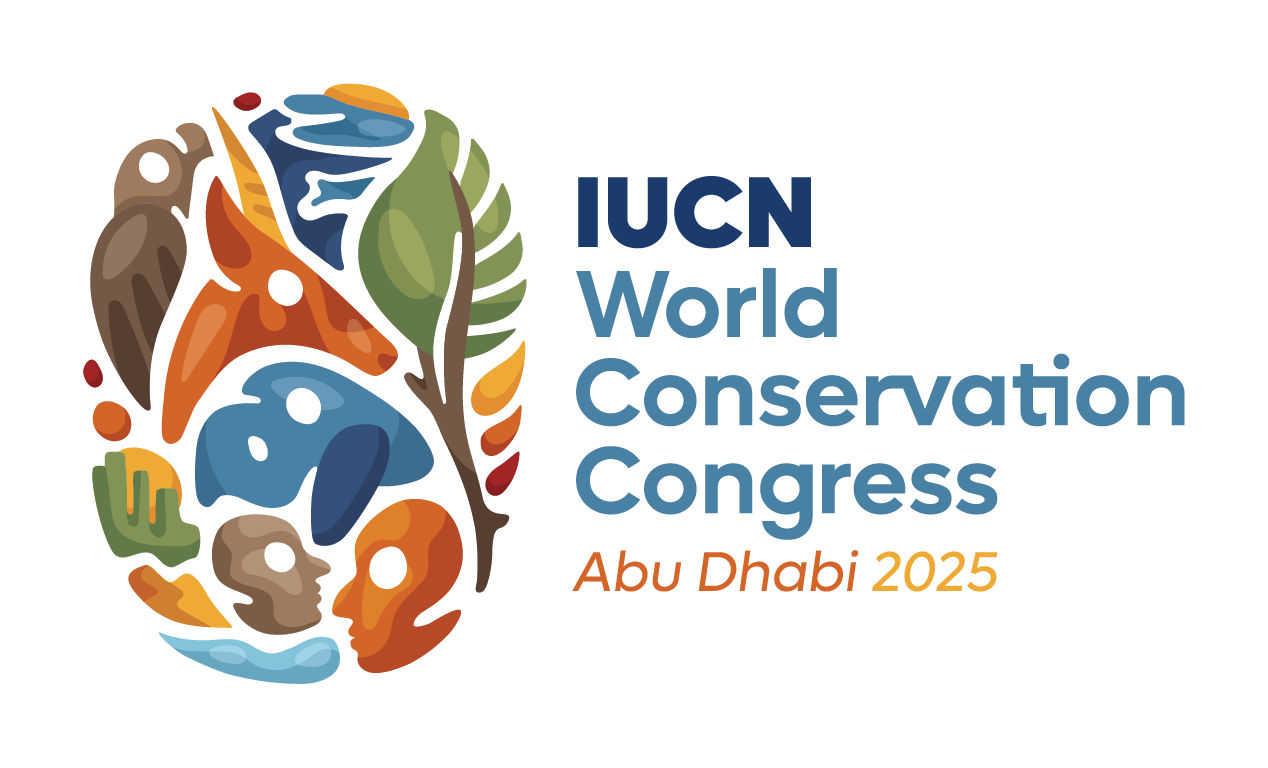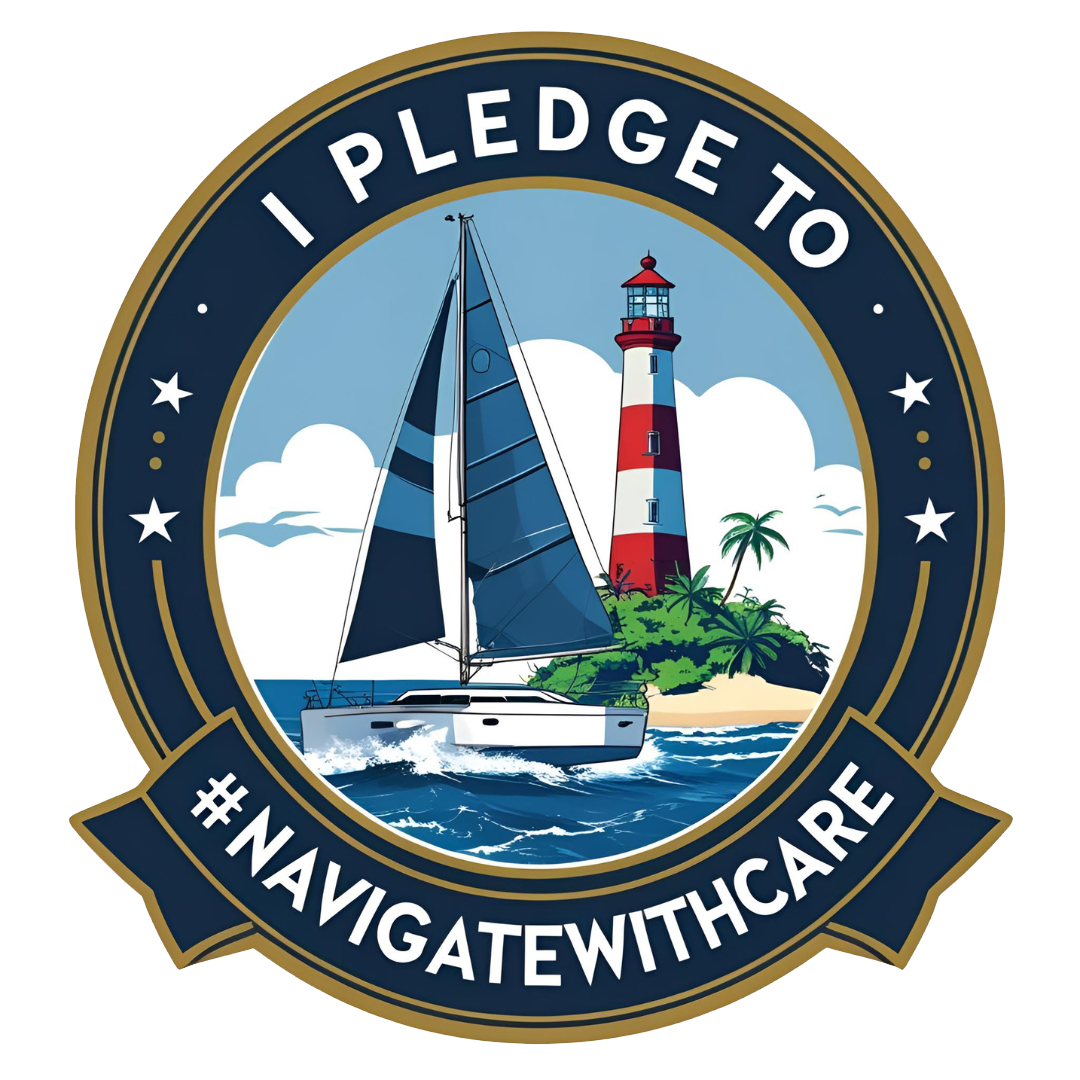When you walk up to the front of William Knibb Memorial High School you see the faces of the past and present looking down at you. Amongst the portraits on the wall are Jamaican National Heroes and other notable individuals who have helped propel Jamaica forward in one way or another.

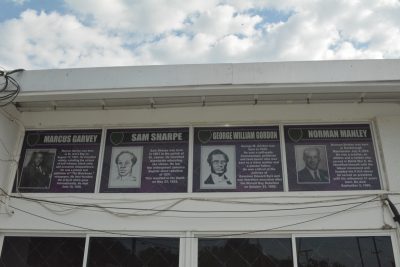
The portraits of the national heroes of Jamaica posted at the front of the school.
When most people hear the name William Knibb Memorial High School, they think of the famous Olympic track runner, Usain Bolt, a graduate of William Knibb High School and the schools most recent addition to the wall. Usain’s photograph is hung on the wall for his remarkable athletic accomplishments. If you mention his name around the school, there is an overwhelming pride that the students exude. However, there is another hero at this school from the past and his name is William Knibb. Many schools in Jamaica are named after notable historic figures. William Knibb is no exception.

Entrance of William Knibb Memorial High School
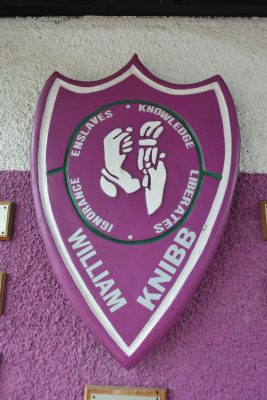
William Knibb Memorial High School crest
We are now going to take a journey back in time to the mid-18th century when Britain ruled Jamaica. Around this time, sugarcane crops were introduced to Jamaica, replacing cotton and tobacco crops. The sugar was sought after by the British who used it in cakes and for sweetener in tea. By the eighteenth century, the demand for sugar increased; however, the work involved in farming sugarcane was extremely labor-intensive. The British brought hundreds of thousands of African slaves to work in the sugarcane fields to increase production. Jamaica became a major sugar exporter.
By the end of the 18th century, Baptist missionaries began arriving in Jamaica. The first was believed to be a preacher named George Lisle or George Sharp, a former slave from Virginia. In 1778, Lisle was freed by his master and founded two Baptist Churches in Georgia. Shortly thereafter in 1782, Lisle fled the United States to avoid being reenslaved. He arrived in Jamaica and established a Baptist church in Kingston. He is often considered the first Baptist missionary of Jamaica.
Many slaves became practicing Baptists. White plantation owners did not like the rise in religion and in 1802, Parliament passed slave laws that prohibited preaching and educating Africans whether they were free or enslaved. For this reason, Lisle realized that to expand Baptist missionary work in Jamaica, he would need assistance from the Baptists Missionary Society, which was formed in 1792. He hoped that by bringing white, British missionaries to Jamaica, they would be able to liaison with Britain and provide legitimacy to the Baptist missionary work.
In 1815, the first British Baptist arrived in Jamaica and soon after, many others followed including William Knibb. William came to Jamaica by unfavorable circumstance. Originally, William’s brother, Thomas, began work as a school master in a Baptist mission school in Kingston. After he passed away, William, who was living in England, offered to fill his position. William arrived in Jamaica in 1824 at the age of 21. While in Kingston, William formed alliances with other British missionaries. Together, they overturned slave laws. In 1830, William moved to Falmouth to be a minister at the already existing Baptist church.

Engraving of William Knibb
Citation: By Mr Hadd and Cochran [Public domain], 15 April 2009 via Wikimedia Commons. https://commons.wikimedia.org/wiki/File%3AWilliam_Knibb.jpg.
Around the time that William moved to Falmouth, pressure was growing in Britain to end slavery in the British colonies. The British Baptist missionaries also supported abolishing slavery. Several went to Britain for Christmas vacation hoping to obtain emancipation papers from King William. The papers were not granted, and when missionaries returned to Jamaica with the news, tensions began to rise in Jamaica.
In 1831-32, African Baptist preacher, Samuel Sharpe, led an eleven-day rebellion called the Baptist War or Great Jamaican Slave Revolt. Slaves demanded that they be freed and receive a working wage. They protested by not showing up for work. Additionally, approximately 60,000 of Jamaica’s 300,000 slaves gathered, the largest in the British West Indies. British forces quickly suppressed the rebellion using violence. Many white and black Baptists were killed and later Samuel Sharpe was hung in Montego Bay. The Baptist church was blamed for much of the rebellion and other missionaries such as William were arrested and later released. Additionally, white colonists burned churches where slaves attended, including William’s church.
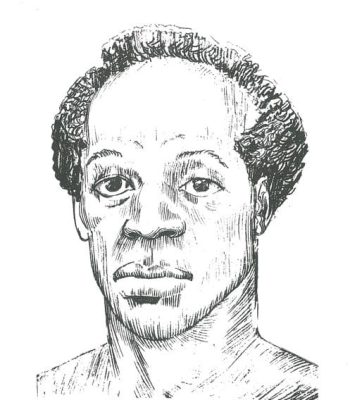
Sketch of Samuel Sharpe
Citation: Courtesy of Jamaica Information Service (http://jis.gov.jm/heroes/samuel-sharpe/)
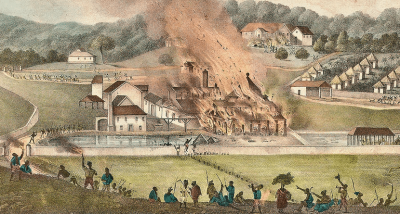
Picture of the burning of Roehampton Estate during the Baptist War
Citation: By Adolphe Duperly (Adolphe Duperly) [Public domain], 27 January 2016 via Wikimedia Commons. https://commons.wikimedia.org/wiki/File%3ADuperly_(1833)_Destruction_of_the_Roehampton_Estate_January_1832.png.
After the revolt William and several other missionaries returned to Britain to plead for the abolition of slavery. Their cause helped to accelerate the Bill for the Abolition of Slavery in the Colonies, which was passed in 1834. For a further four years, slavery existed until 1838 when slavery was completely abolished.
William Knibb died of yellow fever in 1845 at the age of 42. He was buried at his church in Falmouth. Today, the church, though rebuilt a couple of times throughout history, still stands in the original place and it is named after him – William Knibb Memorial Baptist Church. It is also where the name of William Knibb Memorial High School stems from.
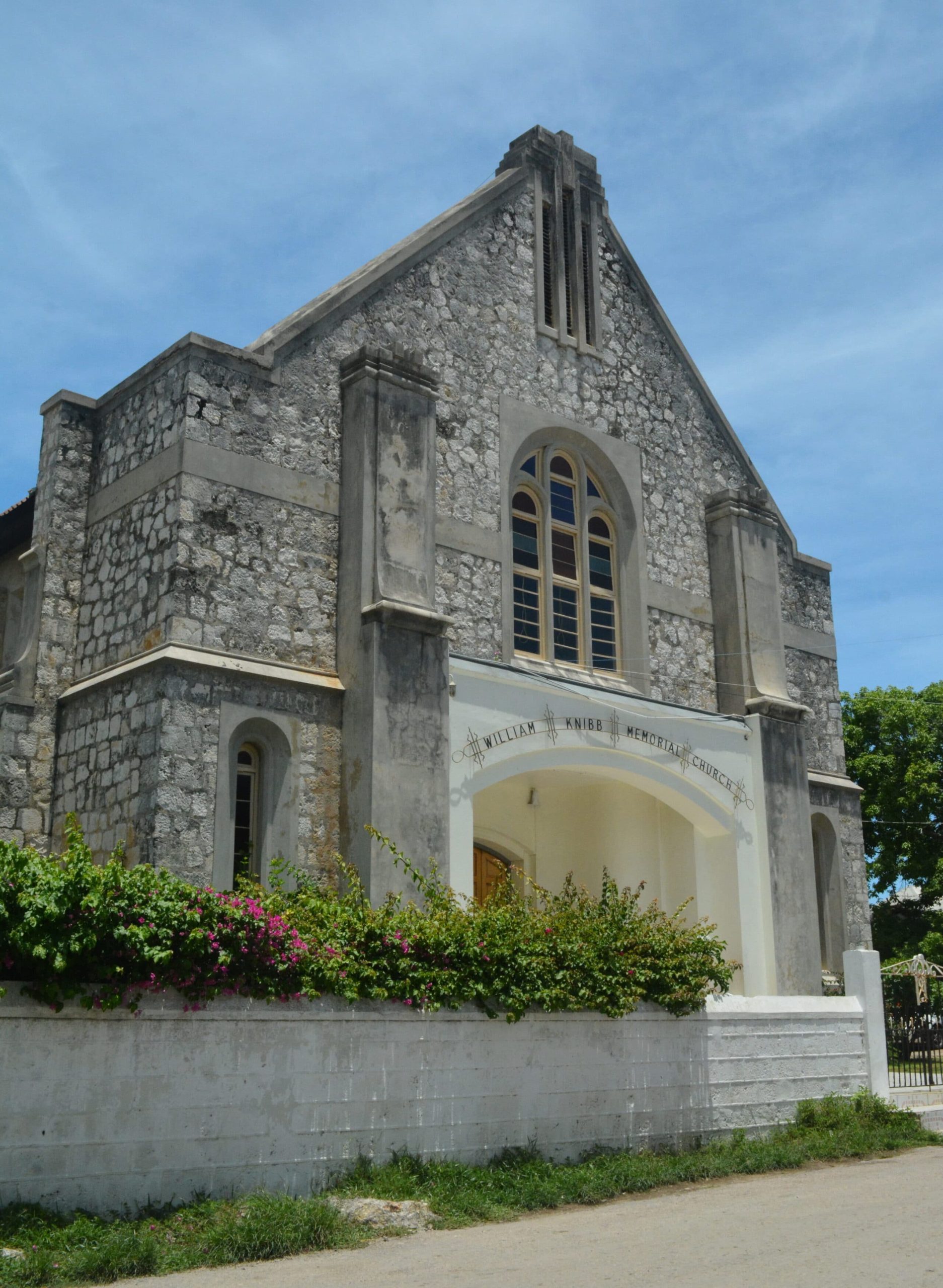
William Knibb Memorial Baptist Church located in the original place in Falmouth.
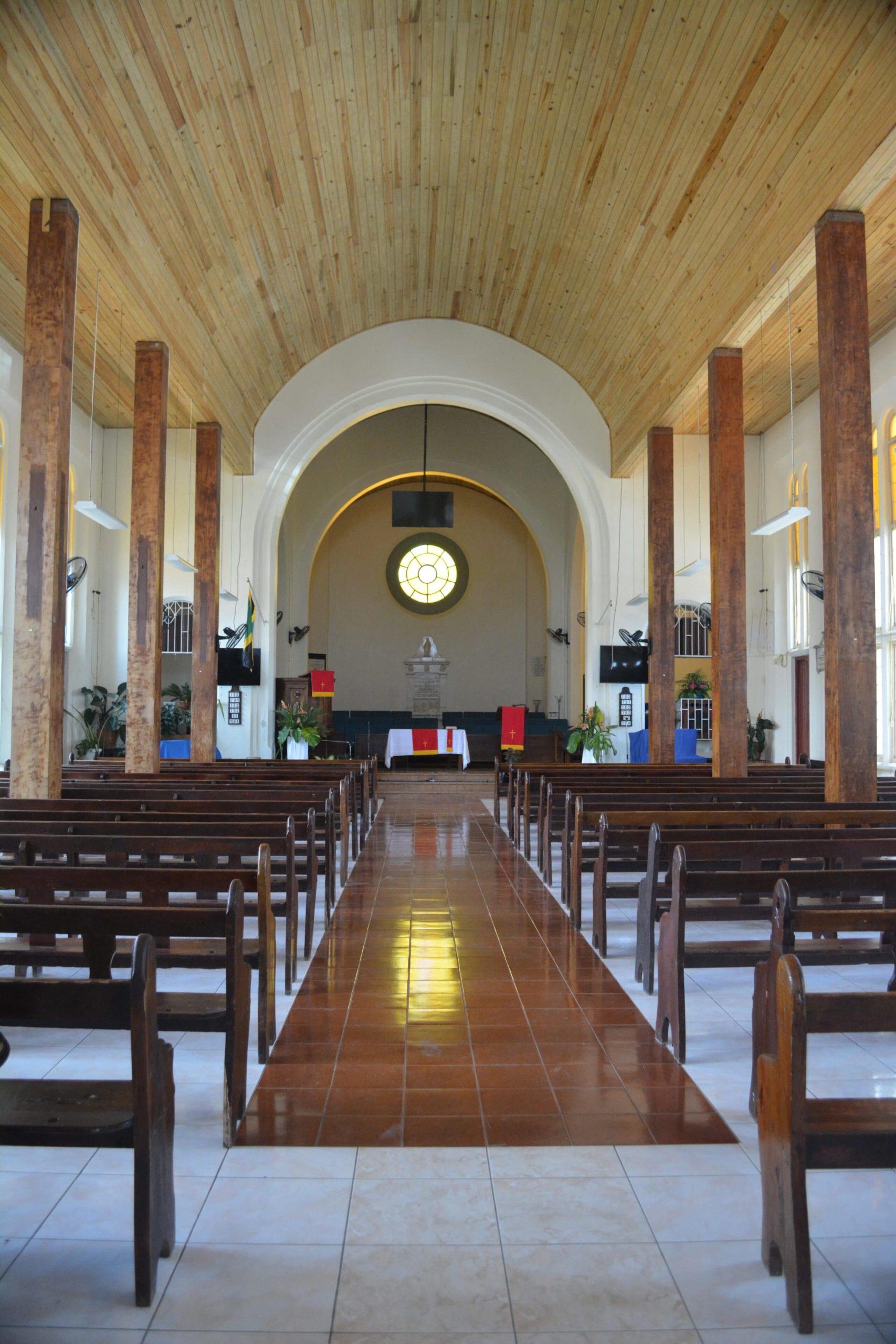
Inside William Knibb Memorial Baptist Church
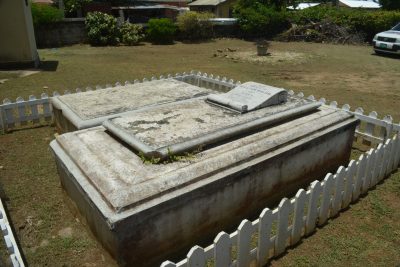
Graves of William Knibb and his wife Mary, which are located in back of the church.
On the 150th anniversary of the abolition of slavery in the British Empire (1988), William Knibb was awarded the Jamaican Order of Merit, one of the highest honors awarded by Jamaica. He was the first white man to receive this honor.
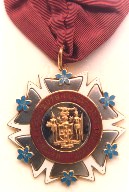
Jamaican Order of Merit
Citation: By Mike Subritzky (talk)Mike Subritzky [Public domain], 16 October 2011 via Wikimedia Commons. https://commons.wikimedia.org/wiki/File%3AOrder_of_Merit.jpg.
What’s in a name? William Knibb is the name of a school, church, and other manmade structures; however, there is so much more to his name. His name symbolizes the abolishment of slavery in Jamaica and standing up for basic human rights. He changed history and now we honor and remember his brave actions every time we think about his name.

